
About 50% of dogs in the United States between the ages of 5 and 10 years are overweight or obese.
Dr. Sherry Sanderson is an associate professor in the Department of Physiology and Pharmacology, College of Veterinary Medicine, at the University of Georgia.

About 50% of dogs in the United States between the ages of 5 and 10 years are overweight or obese.
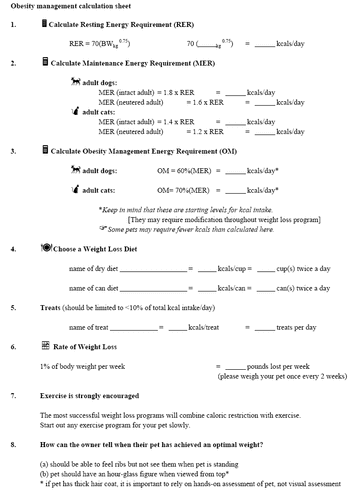
It is the most common nutritional disorder in dogs and cats in the United States.

For decades, scientific research has focused on fighting "bad" bacteria in the body, primarily through the use of antibiotics. Antibiotics are often effective at killing "bad" bacteria in the body, but unfortunately they are not without problems.
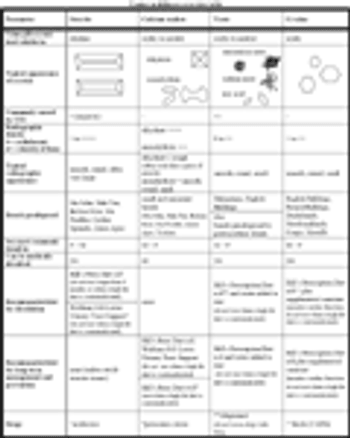
During the past three decades, a tremendous amount of information has been generated regarding the etiology, detection, treatment, and prevention of canine urolithiasis. No longer is surgical removal the only option available when dogs develop urolithiasis, nor is surgical removal the "treatment" of choice" in all patients.

Undoubtedly, if you are in small animal practice, you have encountered pet owners who are feeding raw diets, and these owners tend to be very passionate about this practice of feeding raw foods.
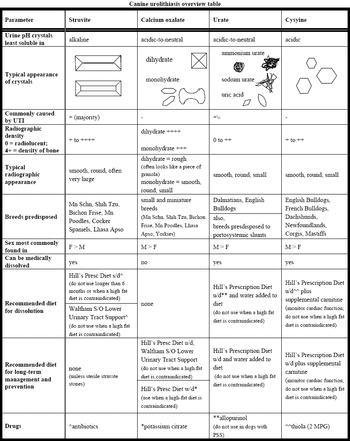
During the past three decades, a tremendous amount of information has been generated regarding the etiology, detection, treatment, and prevention of canine urolithiasis. No longer is surgical removal the only option available when dogs develop urolithiasis, nor is surgical removal the "treatment" of choice" in all patients.

For many years, most uroliths in the urinary bladder were managed either by surgical removal or medical dissolution. Unfortunately, certain mineral types of uroliths, such as calcium oxalate, have a very high recurrence rate and are not currently amendable to medical dissolution.
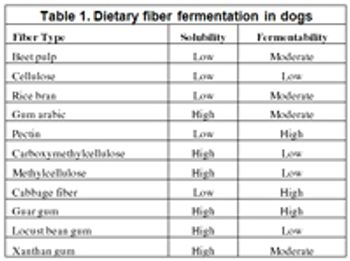
The gastrointestinal (GI) tract in dogs and cats is a very dynamic organ that performs numerous functions essential for health and well-being. Critical roles of the GI tract include digestion and absorption of nutrients, as well as elimination of potentially harmful substances and waste products.

Sherry Sanderson, DVM, DACVIM, DACVN, answers questions about the advantages of feeding a prebiotic and probiotic in a synbiotic relationship.

The gastrointestinal tract in dogs and cats is a very dynamic organ that performs numerous functions essential for health and well-being.

During the past three decades, a tremendous amount of information has been generated regarding the etiology, detection, treatment, and prevention of canine urolithiasis.
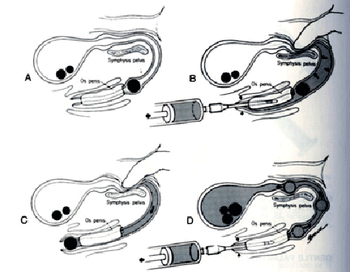
Urethral obstruction is a life-threatening situation.

Undoubtedly, if you are in small animal practice, you have encountered pet owners who are feeding raw diets, and these owners tend to be very passionate about this practice of feeding raw foods.
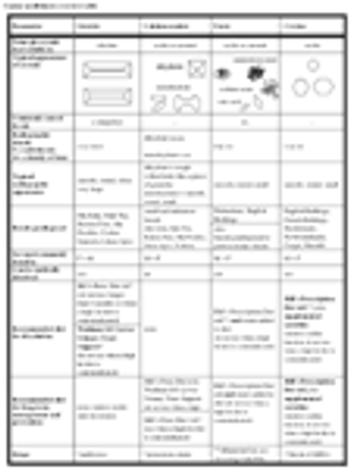
The purpose of the lecture is to provide an overview and an update on therapeutic options available for the four most common mineral types of uroliths in dogs.

Dr. Sanderson answers these questions about probiotics: What are probiotics? Is it better to administer a multi-species strain probiotic product or a single-species strain product? Can yogurt be used as an alternative to commercial bacterial probiotics in dogs and cats? How can probiotics potentially lessen our reliance on antibiotics for promoting and maintaining health in dogs and cats?

Dr. Sanderson answers these questions about probiotics: What are probiotics? Is it better to administer a multi-species strain probiotic product or a single-species strain product? Can yogurt be used as an alternative to commercial bacterial probiotics in dogs and cats? How can probiotics potentially lessen our reliance on antibiotics for promoting and maintaining health in dogs and cats?
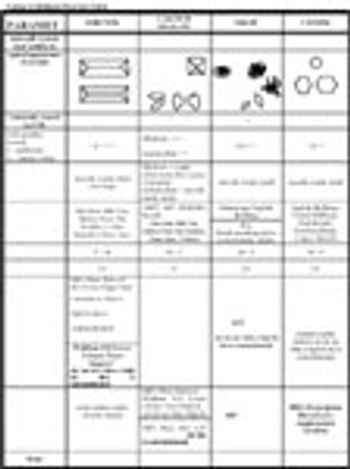
During the past three decades, a tremendous amount of information has been generated regarding the etiology, detection, treatment, and prevention of canine urolithiasis.
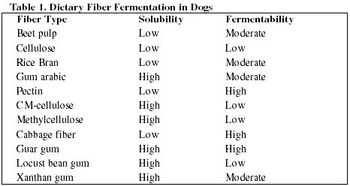
The gastrointestinal tract (GIT) in dogs and cats is a very dynamic organ that performs numerous functions essential for health and well-being.

Urine concentrating ability is impaired when 66% of nephrons are no longer functioning, and azotemia develops when 75% of nephrons are no longer functioning.

It is estimated that 24% to 44% of dogs and cats in the United States are overweight.

Chronic renal failure (CRF) is the most common form of renal disease in dogs and cats, and it is generally considered a progressive and irreversible disease.

Knowledge about management of heart disease in Veterinary Medicine has grown tremendously in the last two decades.

Published: August 1st 2009 | Updated:

Published: August 1st 2009 | Updated:
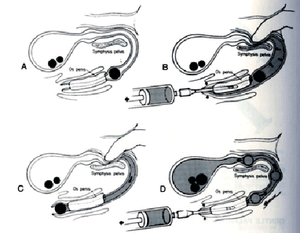
Published: August 1st 2009 | Updated:

Published: August 1st 2009 | Updated:
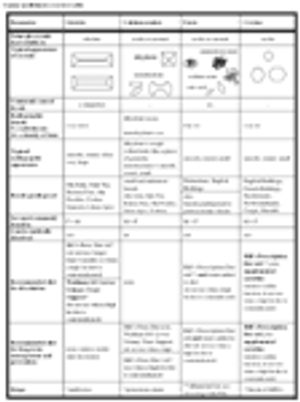
Published: August 1st 2009 | Updated:

Published: January 1st 2011 | Updated: